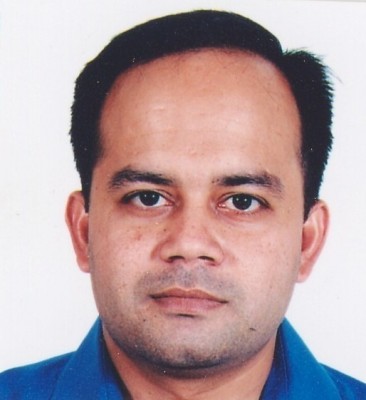Nagpur News: Nagpur Today’s Meghna Majumdar had a talk with cardiac surgeon with CARE Hosital Saurabh Varshney, asking him to explain to our readers the basics of different kinds of surgeries. Following are excerpts from the interaction:
Meghna: What are the most common surgeries that you do every day?
Saurabh Varshney: Routine surgeries we do are Coronary Artery Bypass- which people normally call Bypass Surgery. Bypass Surgery is the most common surgery that we do here (at CARE Hospital). We also do Valve Replacement Surgeries, Valve Repair Surgeries and Congenital Surgeries. Congenital Surgeries means surgeries of children.
The more common problems with children are valve problems or a hole in the heart. We operate on them and repair these problems.
Meghna: How risky is a heart procedure for a child, compared to an adult?
Saurabh Varshney: Paediatric surgery is definitely more risky. But with recent new technology, our results and current success rates are fantastic. Today, if we operate on a hundred children, ninety eight or ninety nine of them will come out of it fit and hearty.
Meghna: What is the average age group that comes to you for treatment?
Saurabh Varshney: It’s a complete spectrum. We have operated on one- month old babies to eighty year- old aunties.
Meghna: Can you explain to us some of the common ailments that you treat through surgery?
Saurabh Varshney: A hole in the heart can be of two types- ASD (Atrial Septal Defect) or VSD (Ventral Septal Defect). A hole in the heart basically facilitates communication between two chambers of the heart which should not have any communication with each other. We call it a Septal defect, meaning a defect in the valves of the heart. Imagine a house with four rooms separated by walls, and a hole in one of the walls that leads to communication between two rooms. We solve this problem through Open Heart Surgery. In Open Heart Surgery, we stop the heart. We make it completely still. All the blood from the heart is put on a special machine called a Heart- Lung machine, which takes over the functioning of the heart and lungs during surgery, oxygenating and circulating blood throughout the body. Meanwhile, we operate and take care of the defect. Once the operation is over with, the heart takes back all its blood from the machine and resumes functioning.
We did a Bypass Surgery today. Bypass surgery is done to bypass the blockage inside a cardiac vessel. The heart supplies blood to the rest of the body, but to do that the heart itself needs a supply of blood, for oxygenation. When an artery is blocked, blood doesn’t reach the heart. So, we take an artery which is near the heart- we don’t use veins or renal arteries (arteries of the limb). Our bypass surgeries are based on a special technique which uses the arteries of the chest valve.
Meghna: How do you determine whether a patient needs a Bypass or an Angioplasty?
Saurabh Varshney: By seeing an Angiogram. When a patient comes to us complaining of chest pain and Angiography is done, we can see the amount of blockage inside the vessel, or the amount of hampering of blood supply to the heart. If it is a minor, discreet block in one or two vessels, then an angioplasty is suggested. In an angioplasty, the blockage is opened and a stent is put inside to prevent the vessel from closing in again and restricting blood flow. We measure the blockage by percentage, but apart from percentage the number of blocked vessels is also important. If there are more than two or three vessels blocked, we recommend a bypass surgery.
Meghna: Can you tell us about the new technique of surgery called Minimally Invasive Surgery?
Saurabh Varshney: We do it vey routinely here (at CARE Hospital). In minimally invasive cardiac surgery, we don’t open the sternum. In regular cardiac surgery, we open the sternum through midline incision (cutting through the centre of the chest). Imagine Hanumanji splitting his chest wide open; that is more or less what it looks like. It leaves a very big midline scar, which is very troublesome, especially for females. In Minimally Invasive Surgery, we open the chest from the side instead of the centre, and the incision is not seen.
Meghna: Which is the most challenging type of surgery for you?
Saurabh Varshney: Every surgery is difficult. When I come to work every day, there is always a slight feeling of nervousness. The fear factor is very important. If I ever become overconfident, or consider a surgery easy or take it lightly, I won’t be able to give my patient my 100%.
-Meghna Majumdar













